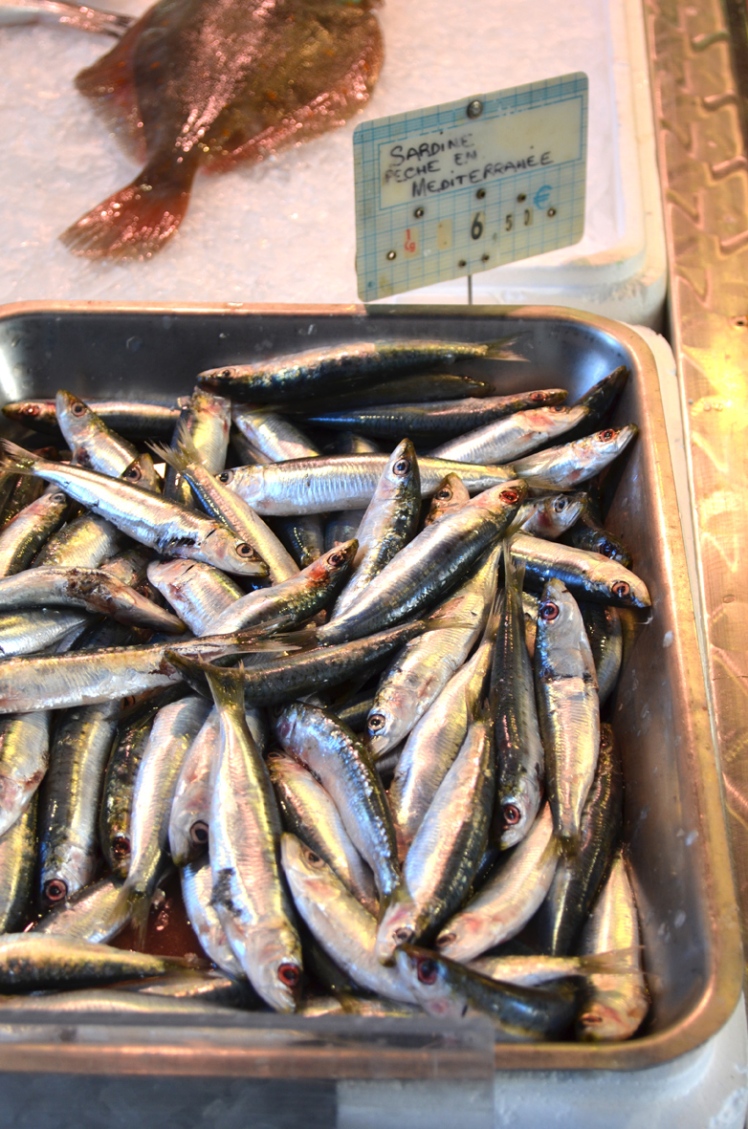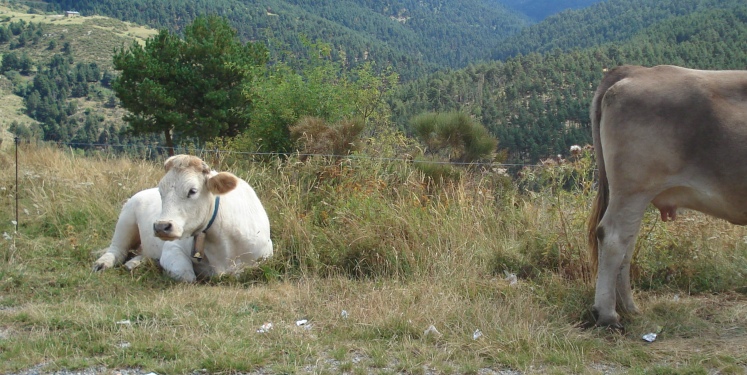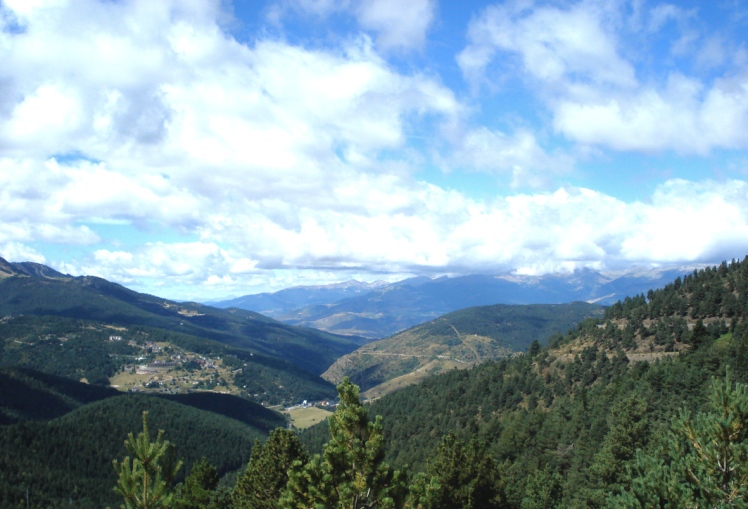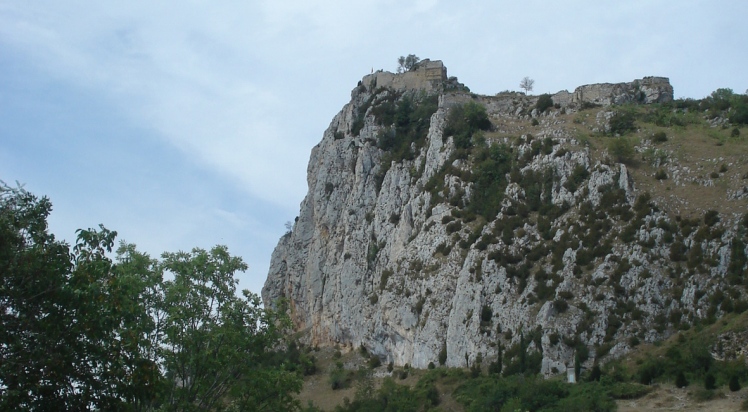
When I finally discovered that anchovies (Engraulis encrasicolus) weren’t just for crappy pizzas anymore, I was pretty long in the tooth, so to speak. It took me a long time to even dare to add anchovies to the food I cooked. In that, I am not unlike other cooks over the centuries: What if I ruined the little food I had stored in my larder? What if I tried something new and my family went hungry? But what if I went to a feast given by a neighbor, whose daughter married a young man from a village near the coast, just south of Perpignan? How would my worldview shift then, as I begged the cooks to tell me what they added to the stew to bring out the meaty taste of the flesh from Saffire, the scrawny cow that the bride’s father slaughtered for the wedding feast?

I think of this as I pull open the flat tin of anchovies that’s sat on my pantry shelf for far longer than I care to admit. I’ve lied to the person dearest to me, as I slid pizzas into the oven, pulling back on the peel with a quick snap of my wrist, “Oh, no, I don’t have any anchovies.”
Normally, the pungent taste of these small salted fish overpowers everything they touch, with a strong and frankly offensive mouthfeel, one of the flavors I just cannot abide.
Unless … I mince them and stir the mash into sauces and other concoctions, thus imbuing those dishes with the coveted “umami” taste, essentially an effect similar to adding mushrooms to gravies and sauces. Even anchovy haters like me do not believe their taste-buds when they learn that the delicious flavor of a stew, for example, comes not from caramelized beef, but rather from the contents of a flat little can, filled with tiny fish fillets marinating in a thick and oily bath.
Yet, it is true, anchovies add immense flavor to certain meat and vegetable dishes originating around the Mediterranean. Other salted blue fish, such as sardines, appear in recipes too and are used in similar ways.
I love the idea that this fish, with its very long history in European cookery, imparts a flavor similar to one relished by ancient Greeks and Romans. Salted and fermented, the process of preserving large catches of these fish became one that routinely produced the Romans’ garum (garo in Greek), rumored to be the ancestor of Worcestershire Sauce, which is not quite so noisome. And in the Languedocien town of Collioure, women blessed with deft fingers filleted the anchovies by hand, preserving them in salt for later, leaner days.
West Africans also add salted fish to stews, as well as utilizing smoked and fermented fish. Some of the meaty-flavored sauces sold on the street in vast vats reminded me of the lush stews of southern France, and probably for good reason. Salted fish comprised a major trade item all around the Mediterranean, and up and down the African coastline jutting into the Atlantic.
But I really started warming up to anchovies while reviewing a couple of cookbooks about the food of the Languedoc, a mystical place in southwestern France, near Spain and punctuated by the Pyrénées, a place that reminds me of the mountainous Blue Ridge. I felt something extraordinary there, the minute I drove out of Foix in the Ariège. A place where each stone, each carving, each symbolic lair makes visible the Catalane spirit.

If you read Dan Brown’s The Da Vinci Code and learned of Rennes-le-Château, you may sense the allure of the Languedoc, albeit perhaps not always the most accurate historically.

This is the place where the Inquisition got its start, where heretics died en masse, escaping to high mountainous fortresses, laid siege to by Catholic troops bent on killing any and all heresies.

For further reading and experimenting:
Africa Cookbook, recipes by ingredient, scroll down to “fish, salted”
Sud de France: The food and cooking of Languedoc, by Caroline Conran (2012) One of the more comprehensive bibliographies available on the cuisine of the Languedoc.
“A Roman Anchovy’s Tale,” by David Downie, Gastronomica 3(2): 24-28, 2003.
Languedoc-Roussillon: Produits du Terroir et Recettes Tradionnelles, par L’Inventaire du Patrimonie Culinaire de la France (1998)
Hot Sun, Cool Shadow: Savoring the Food, History, and Mystery of the Languedoc, by Angela Murrils (2008)
Note: I will be taking a summer break for a few weeks.
© 2013 C. Bertelsen
I figured as much, Lisa! Thanks for writing and sharing. Hope all goes well with you.
I sampled both often and with relish, and meant to say so. In that region they also know and celebrate the difference!
As Cindy and I have discovered together, an anchovy is not a sardine! A
common misconception!
Thanks so much for this! I have always loved anchovies, much to my friends’ and family’s chagrin, but only truly learned to appreciate their possibilities when I spent a week in the Basque region of northeastern Spain a few years ago – definitely sardine country, and so many fabulous ways of preparing them that I tried to sample every one! Yumm!
Yummy!
No, no prizes right now, but if I ever get flush again, I might swing for a 2-pound can of salted anchovies sans oil.
Do I win a prize? A year’s supply of anchovies, peut-etre!
And you’re right, Leo!
This is such a fun piece. I love it! To this day, debates continue between my friends and me whether anchovies are/are not sardines. I say NO!!
Dr. Sanscravat (I love that name), looks like we have that in common! But I am dying to try fresh anchovies someday, somewhere.
I, too, have never been able to face an anchovy, whole — on pizza or anywhere else. However, I do use them in cooking, Wouldn’t think of making linguine con vongole w/o a small amount of anchovy paste to enrich the sauce.